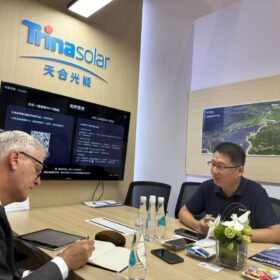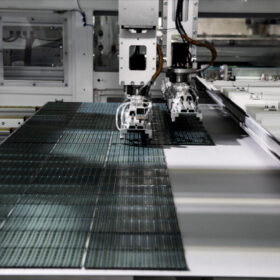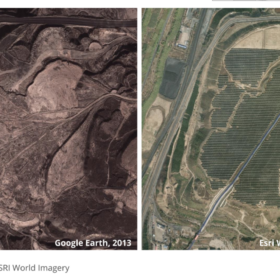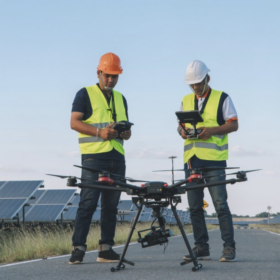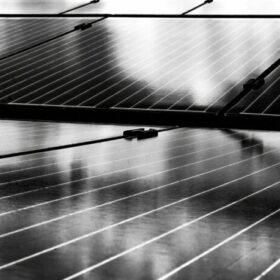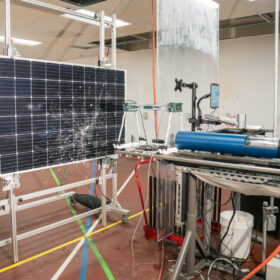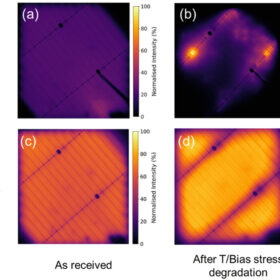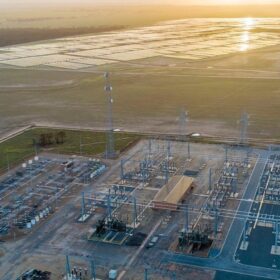Trinasolar targeting ‘high-value’ markets
Yang Bao, Trinasolar’s president of global sales and marketing, recently spoke with pv magazine about the company’s strategy for the solar and energy storage business.
Bringing back-contact to the foreground
Solar manufacturers are pursuing the next-generation crystalline silicon (c-Si) PV cell technology. Back-contact (xBC) technologies including TOPCon back-contact (TBC), HJT back-contact (HBC), and HJT TOPCon back-contact (HTBC) have emerged as leading candidates, attracting attention for their superior conversion efficiency and aesthetic module designs.
Abandoned coalmines could host 10% of global solar capacity
A survey of mines closed since 2020 and those planned to close by 2030 present an opportunity for installing nearly 300 GW solar on already-developed lands, finds a report from Global Energy Monitor.
2025: A landmark year for solar energy
The IEA-PVPS 2025 Snapshot of Global PV Markets reveals a pivotal moment for solar power: global PV capacity surpassed 2.2 TW, with more than 600 GW installed in 2024 alone. As module prices fell due to oversupply, installation volumes continued to grow, highlighting both the strength and volatility of the global PV industry.
Global solar tracker shipments reach 111 GW in 2024
The United States continues to dominate the solar tracker market, with Nextracker securing the top spot globally in 2024.
Top solar modules in reliability, quality and performance testing
The Renewable Energy Test Center has released its 2025 PV Module Index, assessing solar module reliability, quality, and performance across industry benchmarks. The report highlights manufacturers that meet high standards in long-term durability and energy yield.
JinkoSolar takes top spot on WoodMac’s list of PV module manufacturers
JinkoSolar led global PV module shipments in 2024, followed by JA Solar, Longi, Canadian Solar and Trina Solar, according to Wood Mackenzie. The research firm notes a growing shift toward full vertical integration among top manufacturers.
Module reliability scorecard reveals widespread quality risk
Independent testing laboratory Kiwa-PVEL has published the 11th edition of its PV Module Reliability Scorecard, having extensively tested PV modules from 50 different manufacturers. The scorecard reveals improvements in energy yield per watt-peak and resistance to potential-induced degradation, but an increase in breakage under mechanical stress and hail simulations, and an overall higher failure rate are cause for concern to many.
Global solar capacity to surpass 7.5 TW in 2035, says GlobalData
UK consultancy GlobalData projected, in figures shared with pv magazine, that global renewable capacity could hit 11.2 TW by 2035, led by solar. It expects cumulative PV capacity to hit 2,378 GW by year-end and 2,849 GW by 2026.
Scientists discover new failure mode in LECO-treated TOPCon solar cells
An international research team has observed a significant increase in series resistance in LECO-treated TOPCon solar cells after temperature and bias treatment. The scientists said they now need to conduct further investigations into its impact on cell efficiency, reliability, and bankability.
